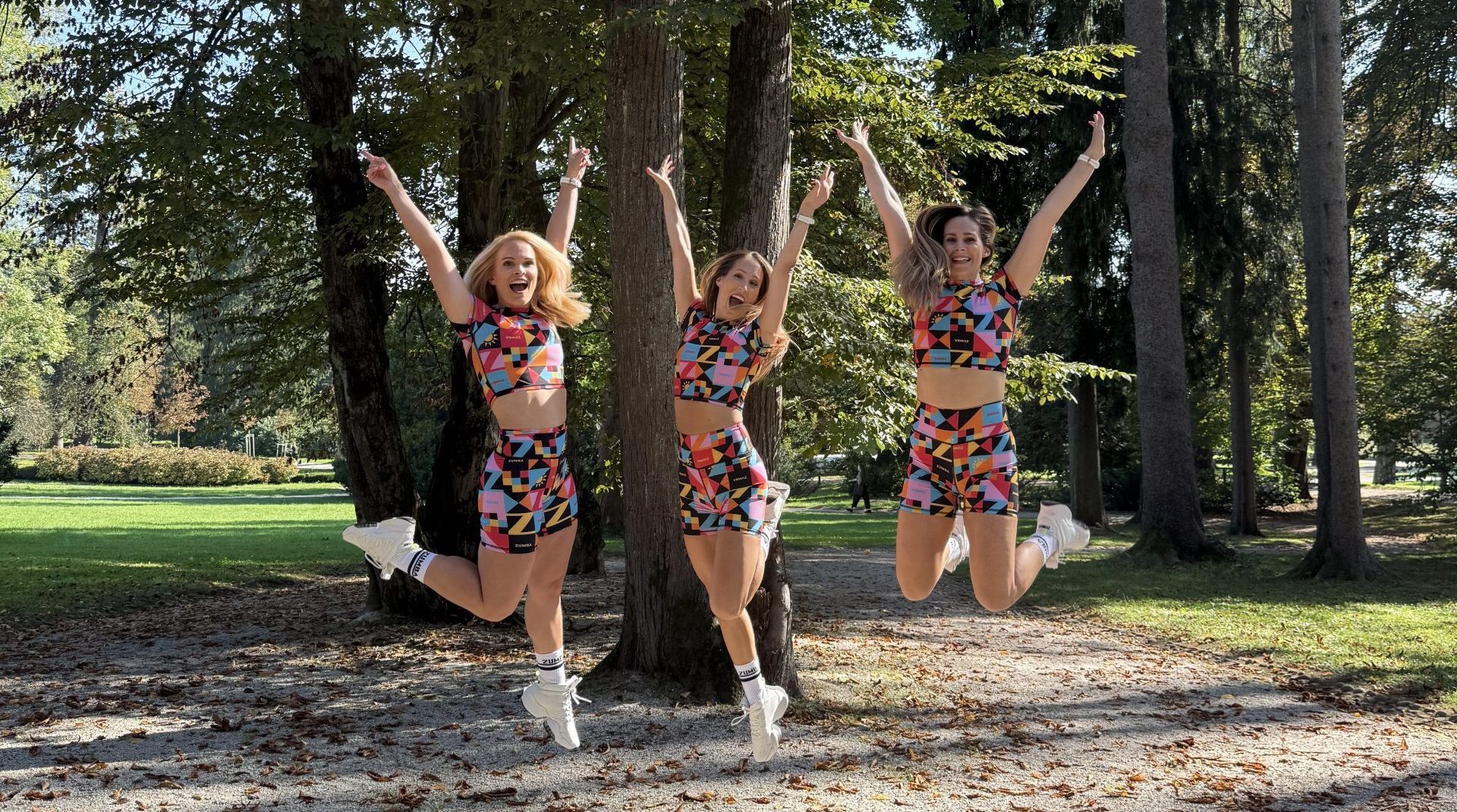How long does it take to see results from Pilates
Many people start pilates hoping to feel stronger, stand taller, and move more freely — but one of the most common questions is how long
Many people start pilates hoping to feel stronger, stand taller, and move more freely — but one of the most common questions is how long it takes to see results. While the answer depends on consistency, effort, and starting fitness level, most practitioners notice meaningful changes within the first few weeks. This guide explains what to expect, what factors influence progress, and how to make the most of your pilates sessions for lasting benefits.
When people talk about “results,” they usually refer to two categories — how the body feels and how it looks.
In the first few sessions, you’ll feel more aware of your posture and core muscles. Pilates focuses on activating deep stabilizing muscles that support balance and alignment. Over time, this leads to visible changes in muscle tone and improved body control. Other benefits include reduced stiffness, better flexibility, and improved mobility in the hips and shoulders. Many practitioners also report less back pain and better coordination.
Unlike heavy resistance workouts, pilates doesn’t build bulky muscles or burn massive amounts of calories. Instead, it strengthens and lengthens muscles through controlled, mindful movement. The results are subtle but steady — a balanced, strong body that moves efficiently and feels lighter. Regular pilates practice helps maintain strength even on days you’re not training intensely, which makes it an excellent foundation for any fitness routine.
If you want the full benefits of pilates, it’s important to practice regularly and maintain proper form throughout every exercise.
During the first month, your focus should be on technique rather than transformation. You’ll learn to control your breathing, engage your core correctly, and move with precision. Even though you might not see physical changes yet, you’ll likely feel them. Many people experience better posture, less tension in the neck and shoulders, and a noticeable improvement in flexibility.
Some report subtle toning of the abdominal area or improved movement quality within just a few weeks. The key at this stage is consistency. Two to three pilates sessions per week will help your body adapt and begin building muscle endurance. If possible, alternating between mat and reformer pilates can make early progress more effective and engaging.
If you’re looking to find faster progress, pay attention to the quality of your breathing and alignment in every session.
By the second month, the body begins to respond more visibly. Muscles in your core, legs, and arms start to firm up, and daily activities — such as sitting, standing, or bending — feel easier. Your movements become smoother, and your posture naturally improves without much conscious effort.
At this stage, most people start hearing comments like “You’re standing taller” or “You seem more flexible.” If you’re training at least three times per week, you’ll likely notice that your body feels stronger and more stable. This is also when coordination and balance improve, thanks to stronger stabilizing muscles. Practicing pilates regularly at this point becomes a habit rather than a task — and the changes you feel motivate you to keep going.
Consider joining a group or studio environment if you need extra motivation. Practicing with others can improve consistency and make the experience more enjoyable.
After two to three months, the progress becomes significant. Your body alignment feels natural, your muscles are visibly toned, and your overall flexibility improves. Pilates practitioners often notice their waistlines becoming more defined and their backs and shoulders stronger.
If you maintain regular training — ideally three or more sessions per week — you’ll continue to build endurance and balance. At this point, you may begin exploring more advanced exercises or equipment-based sessions like reformer pilates to increase challenge and variety.
In studies, participants who practiced pilates consistently for 12 weeks demonstrated measurable improvements in core strength, balance, and posture. These benefits continue to compound with long-term practice. Over time, pilates becomes a lifestyle rather than a workout, influencing how you move, stand, and even breathe throughout the day.
Results vary depending on several personal and external factors.
The most important is frequency. Practicing pilates once a week might improve body awareness, but it won’t create visible change quickly. Practicing three or more times per week delivers faster, more sustainable results.
The quality of instruction also matters. Working with a certified instructor ensures correct technique, which prevents injuries and helps activate the right muscles. Incorrect form can slow progress and cause strain.
Your starting condition plays a role, too. Beginners might feel progress sooner because the body adapts quickly to new stimuli. However, visible transformation takes longer if you already have an established fitness routine.
Other influences include nutrition, sleep, stress, and complementary exercise. A balanced lifestyle supports recovery and muscle development. Even small daily habits, such as stretching or walking, can amplify your pilates gains and improve overall body awareness.
For most people, a routine of three sessions per week provides the best balance between frequency and recovery. The first few weeks should prioritize correct breathing and alignment. Once you feel comfortable with the basic movements, you can gradually increase intensity or switch between mat and reformer pilates to keep challenging your body.
Tracking your progress is useful. Notice how you feel during daily activities — sitting straighter, lifting groceries more easily, or standing longer without fatigue are all signs of progress. Pay attention to your flexibility, balance, and endurance rather than just visual appearance.
You’ll know pilates is working when movements feel easier, your body feels lighter, and your posture improves naturally. This shift usually occurs around the second month but continues developing for as long as you practice. Some people continue practicing pilates for years because it supports longevity, joint health, and stress relief — benefits that extend well beyond physical appearance.
If you ever have questions about training or scheduling, don’t hesitate to contact a certified instructor who can guide you through a personalized plan.
You can expect to feel stronger and more flexible within the first few weeks. Your balance will improve, and your posture will become more upright. Many people experience less discomfort in their lower back and neck as core muscles strengthen.
However, you shouldn’t expect rapid weight loss or extreme physical change solely from pilates. While it tones and strengthens, it doesn’t provide the same calorie burn as cardio or heavy strength training. Combining pilates with a balanced diet and other exercise methods creates the best overall results.
Progress isn’t identical for everyone. Genetics, motivation, and schedule all influence outcomes. The key is to treat pilates as a long-term discipline, not a quick fix.
Over months or years, pilates does more than improve appearance — it transforms how the body functions. Your coordination becomes sharper, your spine more aligned, and your movements more efficient. Many practitioners notice they breathe deeper, sleep better, and handle daily stress more easily.
Pilates also plays a preventive role. By strengthening stabilizing muscles, it helps protect joints and reduce the risk of injury, especially as you age. For those dealing with pain or recovering from injury, pilates can support rehabilitation and long-term mobility.
Unlike short-term fitness trends, pilates builds a foundation for lifelong movement quality. Even after years of practice, there’s always room for refinement and deeper body awareness. For many, the pilates method becomes a meditative form of movement that connects the mind and body while building sustainable strength.
In short, results from pilates appear gradually:
Consistency, good technique, and a balanced lifestyle determine how quickly progress shows. Keep your expectations realistic — pilates is a method built on patience, precision, and progress that lasts.
At Zumbalicious Crew, we offer expertly guided pilates classes designed to help you reach your goals safely and effectively. Our instructors focus on alignment, strength, and body awareness, helping you achieve visible and lasting results through pilates.
Many people start pilates hoping to feel stronger, stand taller, and move more freely — but one of the most common questions is how long

Pilates has become one of the most popular forms of exercise around the world, known for its ability to strengthen the body and calm the
Pilates is often praised for its ability to improve posture, flexibility, and core control — but one of the most common questions people still ask

When people first hear about Pilates, they often wonder: Is Pilates hard? The answer isn’t simple, because the difficulty depends on your fitness level, experience,

Pilates can build muscle, but the type of gains differ from those achieved with traditional resistance training. It strengthens core and stabiliser muscles, improves posture,